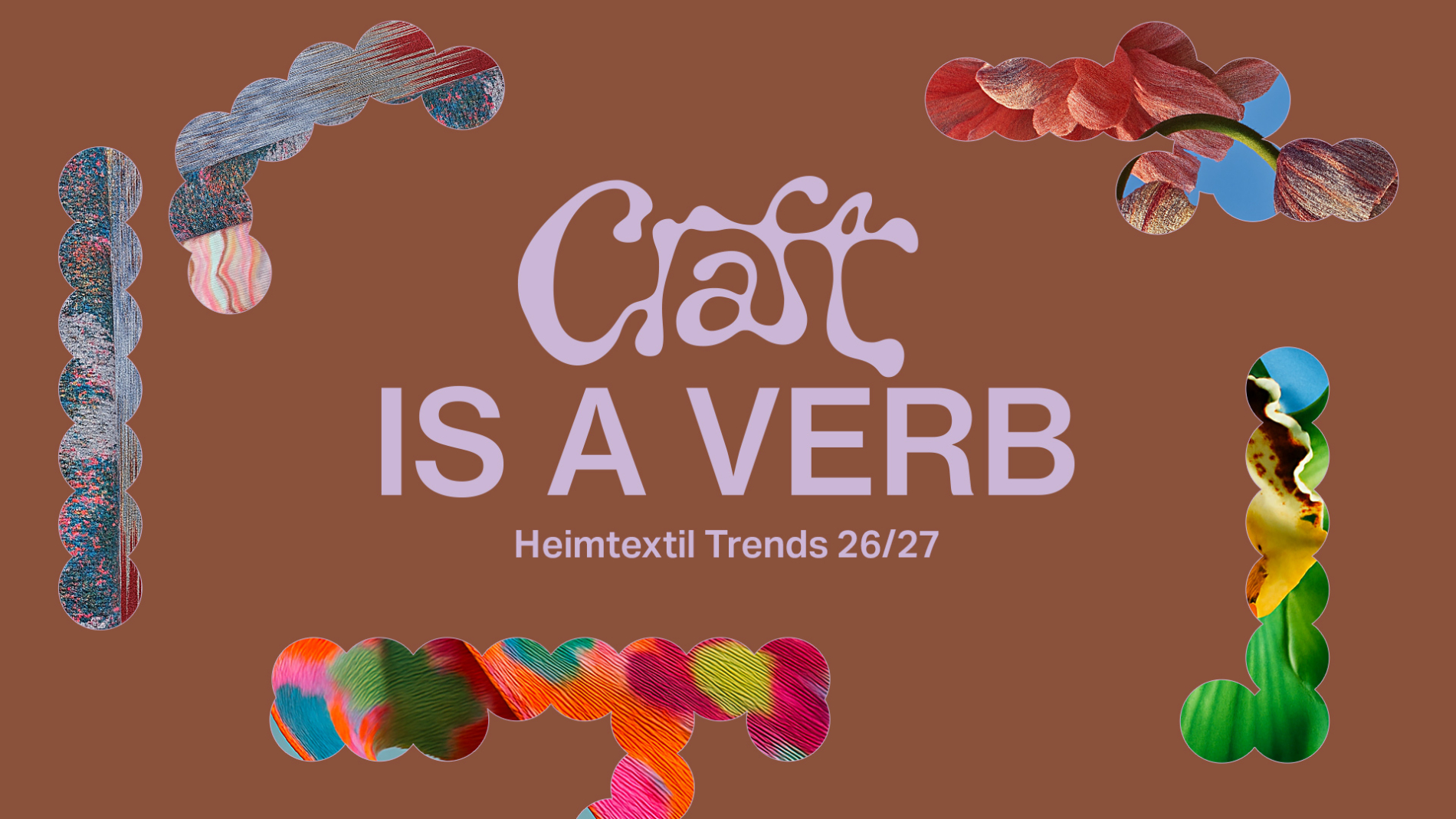Craft is a verb
Artificial intelligence has long been part of design – precise, efficient, omnipresent. At the same time, there is a growing desire for the handmade, for intuition and irregularity. It is precisely in this area of tension that the Heimtextil Trends 26/27 unfold: under the guiding theme ‘Craft is a verb’, the Trend Arena in hall 6.1 shows how high-tech, and craftsmanship are not contradictory, but together open up new creative perspectives.
Trend insights – Alcova x Heimtextil
The six trends identified by the Alcova x Heimtextil cooperation illustrate how craftsmanship and high-tech come together in concrete terms.
They show how digital processes, AI-supported design and traditional material techniques influence and complement each other. This create new forms of cooperation between humans and machines.
The trends open up different perspectives on how design processes, production methods and aesthetic forms of expression will change in the future.
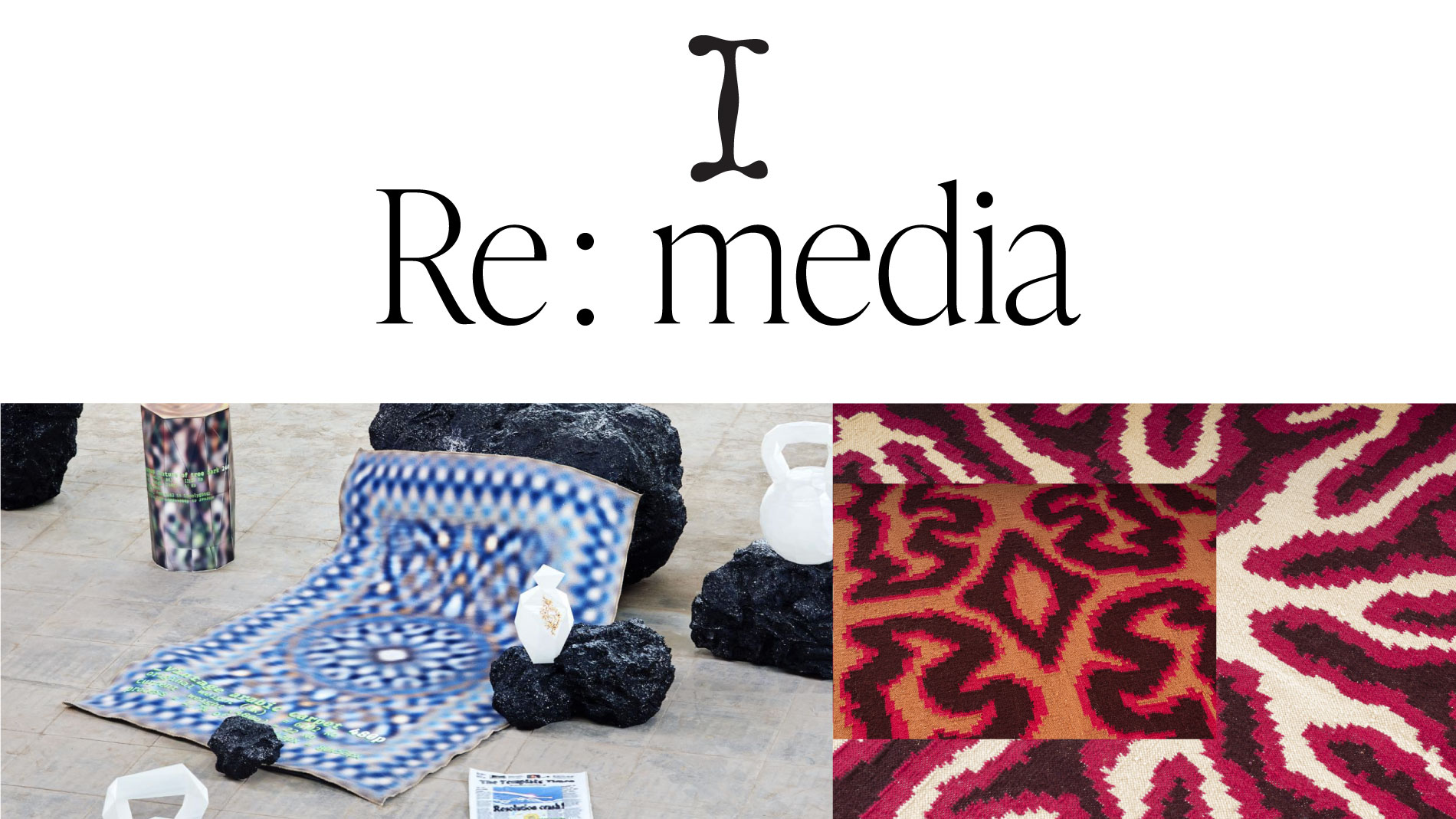
Trend I: Re: Media
Textiles at the interface between craftsmanship and digitality: drawings are transferred into digital renderings and then implemented as jacquards or embroideries. This results in works that visualise the dialogue between analogue and digital media. Characteristic features include glitch-like motifs, pixelated colour gradients and digitally altered hand drawings.
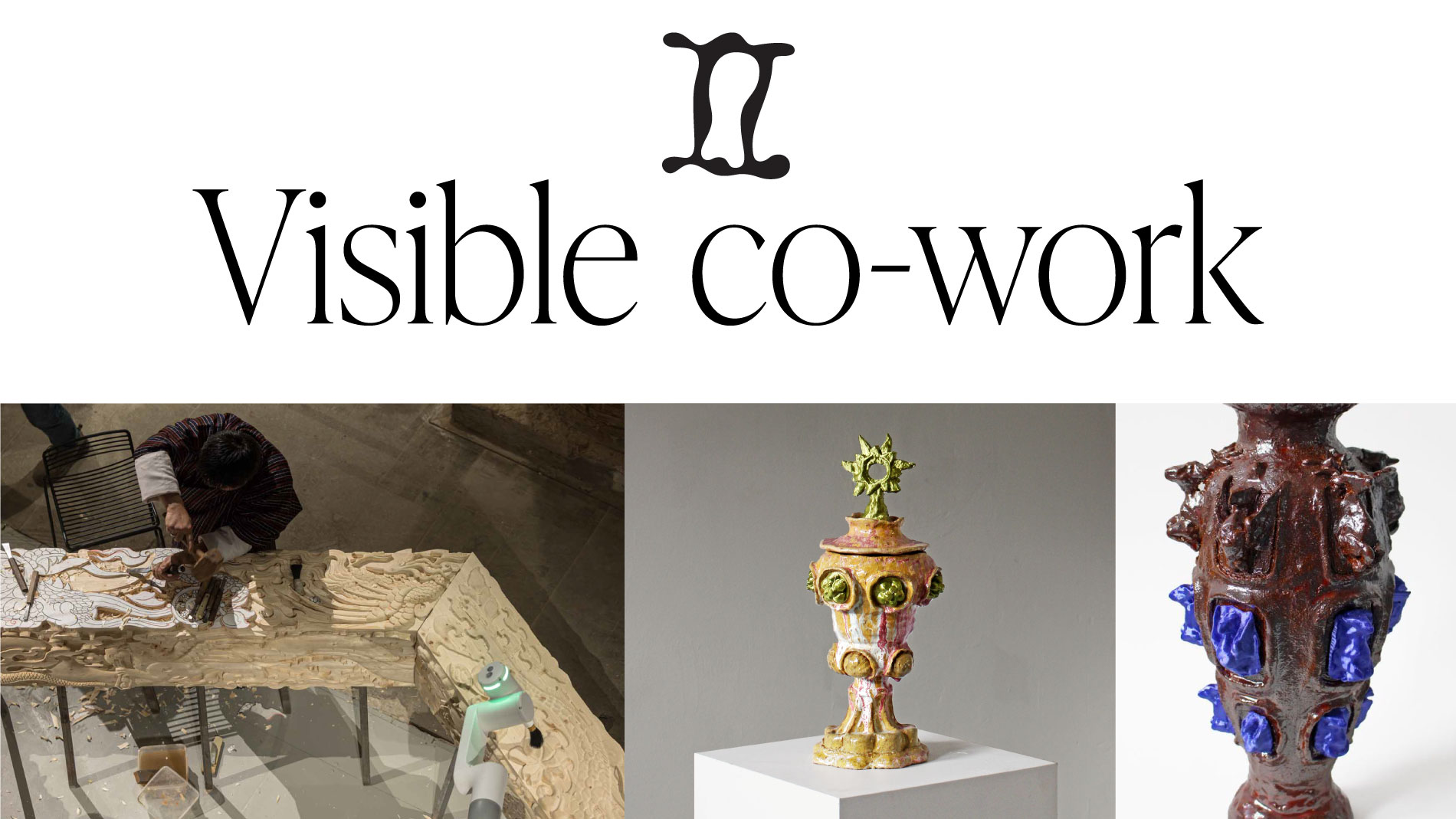
Trend II: Visible Co-work
Here, artificial intelligence and craftsmanship meet on equal terms. AI provides the design, humans complete it – the result is hybrid works that interweave codes and tradition. From digitally embroidered linen to 3D-knitted patchworks and generative patterns on classic fabrics: the boundary between machine and hand is blurring.
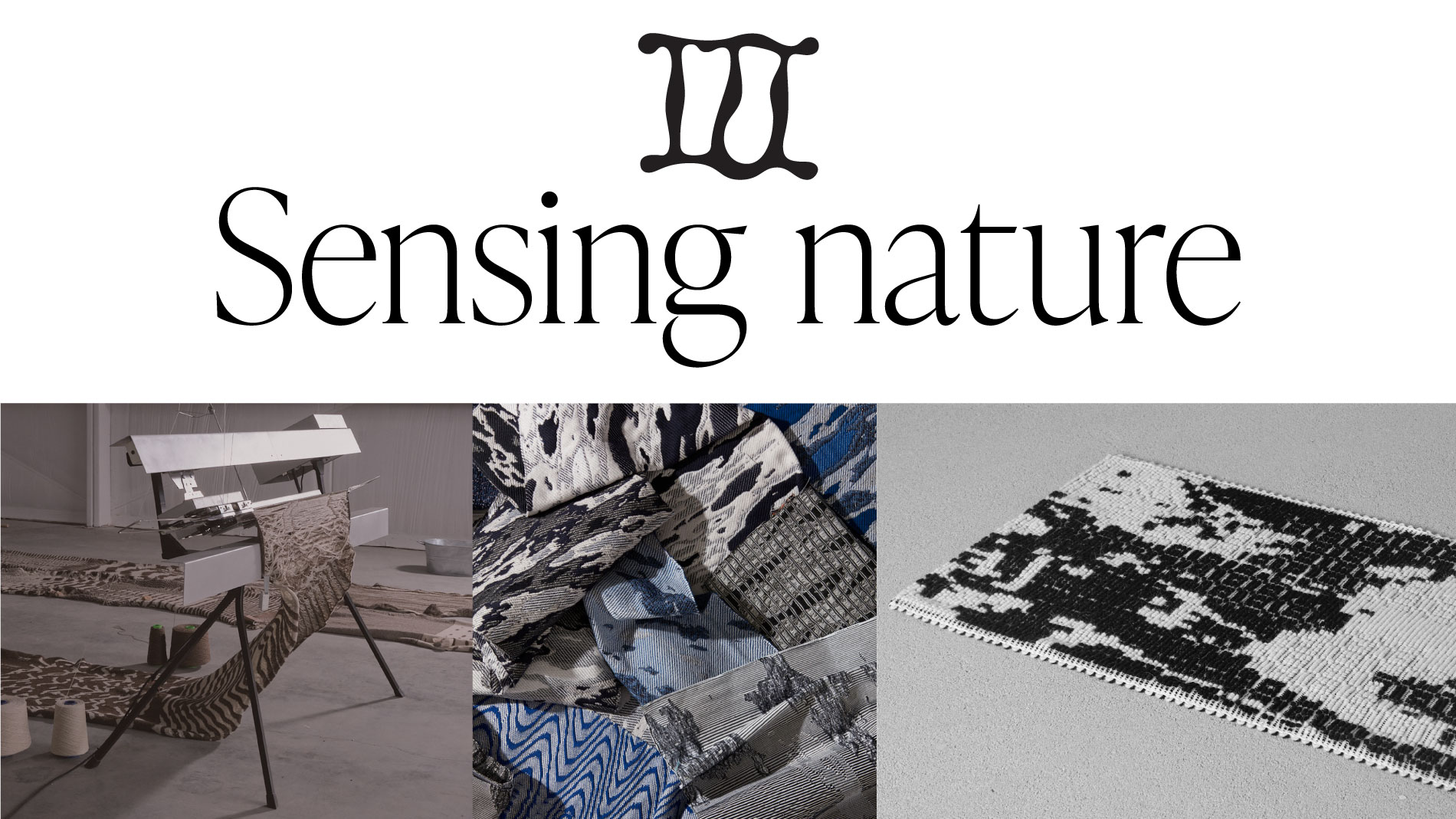
Trend III: Sensing nature
Nature is both a source and a model. Its forms, rhythms and structures are not imitated but decoded and transformed into textile patterns. Digital tools act as translators: the rough surface of the sea is transformed into a grid, lichen structures on rocks are algorithmically converted into decorative motifs.
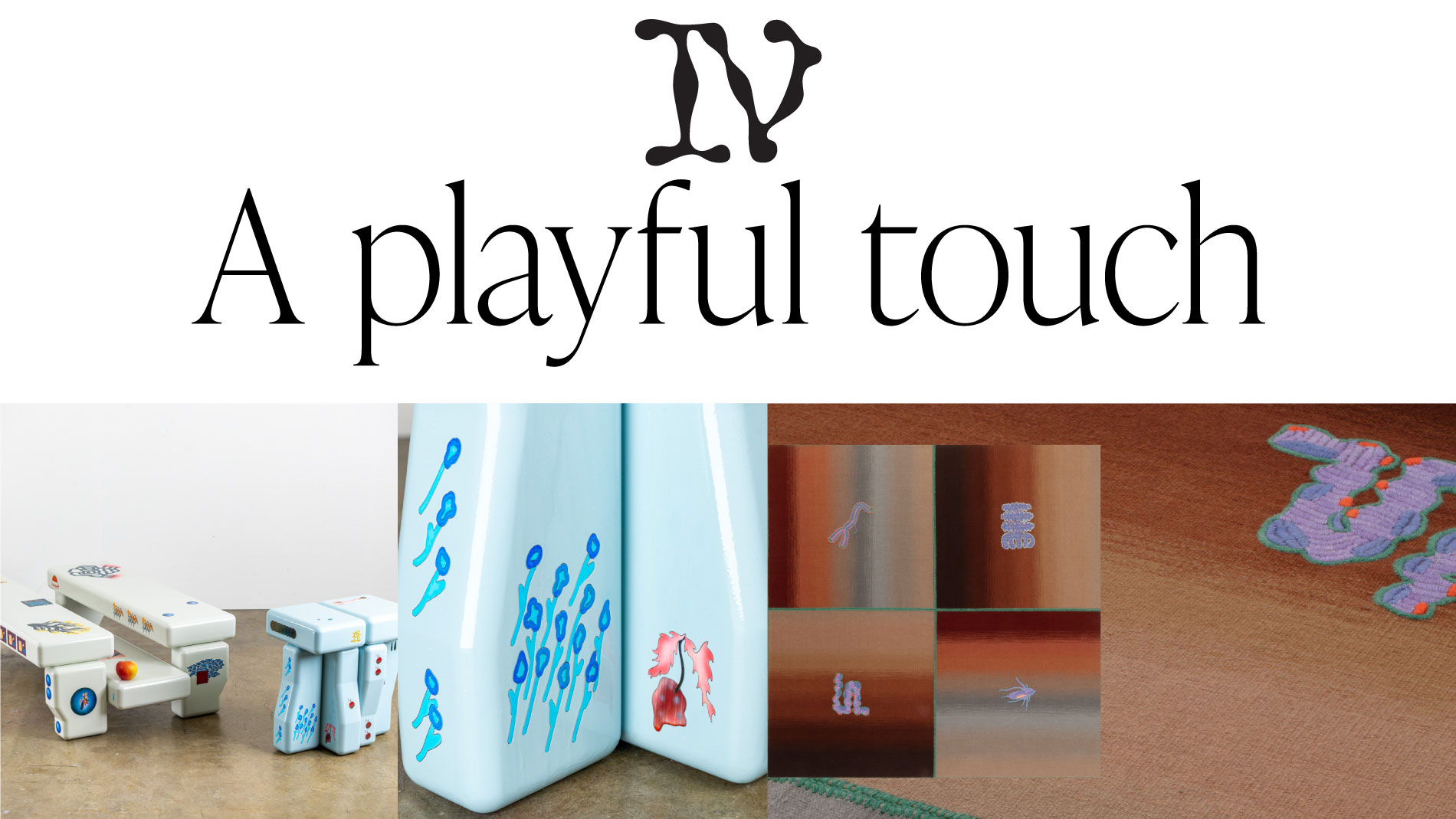
Trend IV: A playful touch
At a time when design is strongly influenced by functionality and optimisation, decorative details are regaining importance – not for practical reasons, but for the joy of design. A ruffle on a minimalist curtain, a neon element on a natural-coloured linen blanket or a deliberately placed tassel: such accents create deliberate interruptions. They make it clear that design is more than just practicality – and that textiles can also convey lightness and humour.
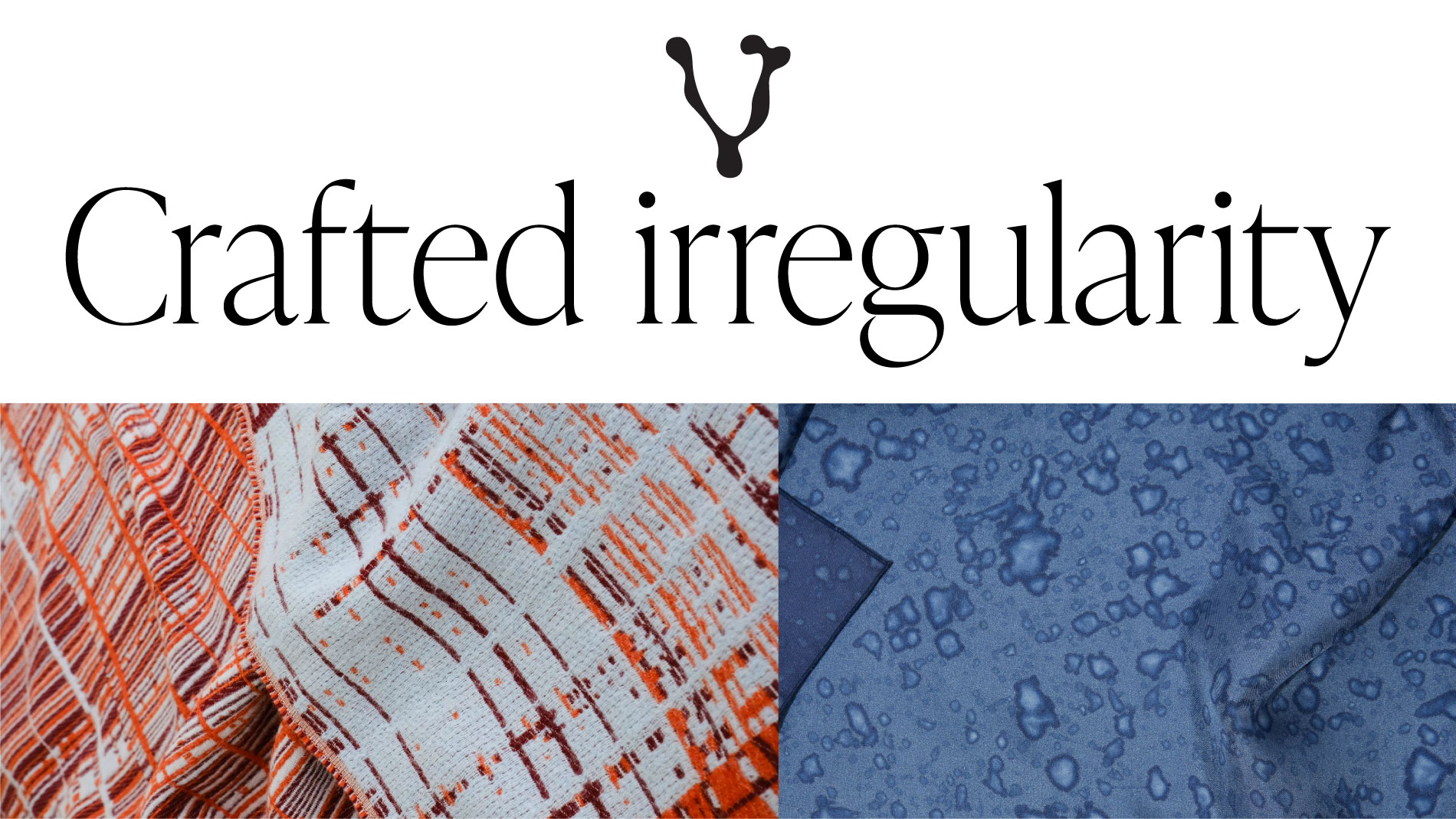
Trend V: Crafted irregularity
Fabrics with nodules, irregular dyeing, visible seams and asymmetrical finishes take centre stage. These materials do not conceal the craftsmanship, but emphasise it – as a deliberate counterpoint to the flawless perfection of AI-assisted design.

Trend VI: The uncanny valley
Technical elements such as wires, connections and coils are no longer hidden away but deliberately displayed and showcased. They appear as visible details and draw the eye to the inner workings of the machine rather than its flawless surface. This results in designs that reveal what is hidden – and, with their playful expression, unfold something strange, almost extraterrestrial.
Heimtextil Trends 26/27 Colour Palette

The colour palette ranges from down-to-earth tones to digital irritation: shades such as sand, clay, soot, olive and tree bark convey stability, materiality and connection. However, this natural calm is deliberately disrupted by sharp, synthetic accents such as acidic green, digital lilac and bright screen blue. These ‘glitches’ create tension and turn the colour scheme into a vibrant statement.
About Alcova Milano
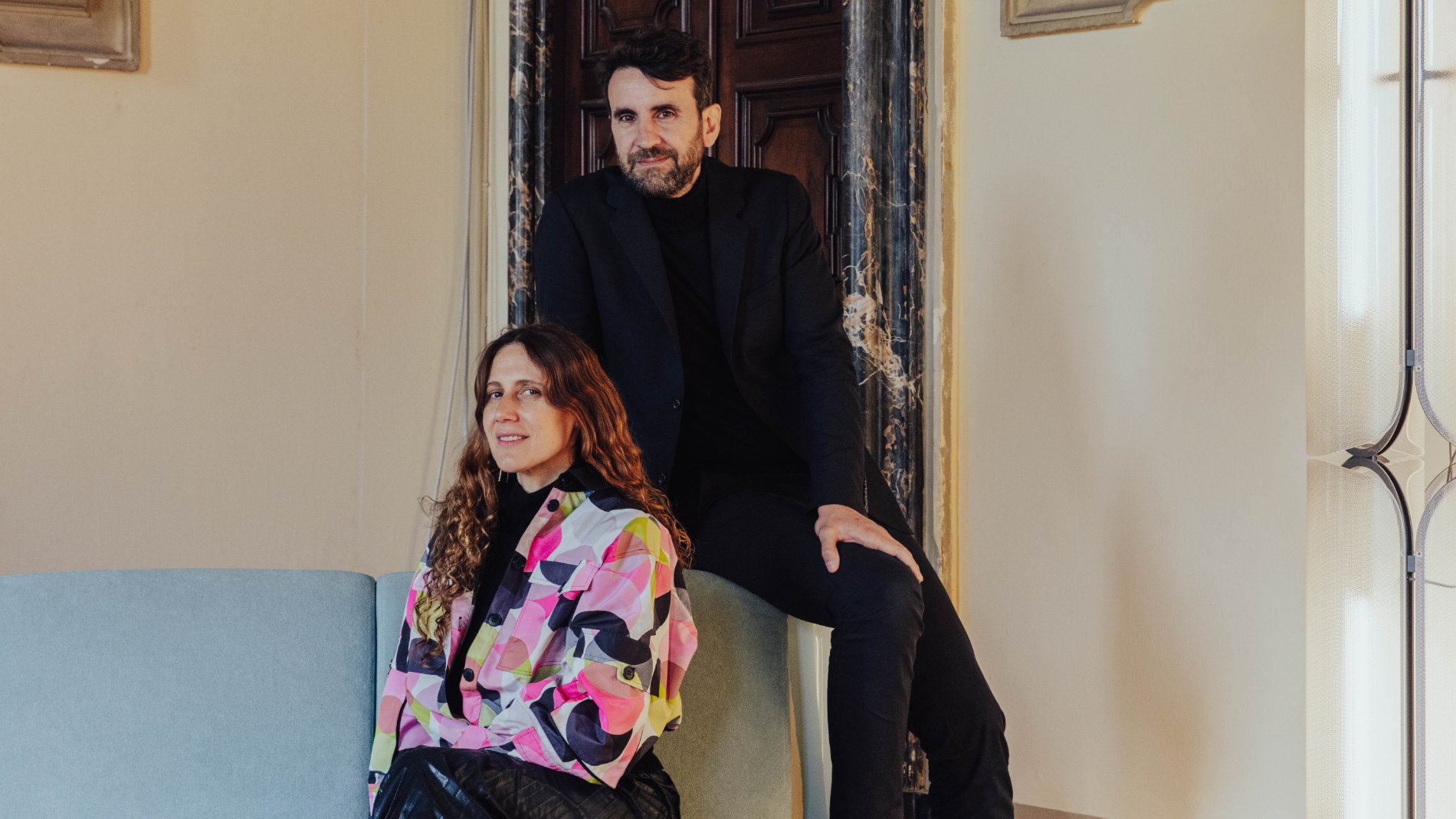
Alcova questions traditional design conventions and sets new impulses with its unconventional approach. The Alcova presentations, which are considered a hotspot for design enthusiasts during the renowned Milan Design Week, put independent designers in the spotlight.
Founded by curator and creative director Valentina Ciuffi and architect Joseph Grima, the collective show has made a name for itself by revitalising historical locations.
Whether an old bakery, abandoned cashmere factory or former military hospital - the founders bring unique locations to life that would otherwise remain hidden from the public eye. The fascinating spaces are used to present pioneering exhibitions and captivating installations and promote dialogue between people who shape modern design culture.
Since its foundation in 2018, Alcova has impressively demonstrated how traditional elements can merge with contemporary design to create new and insightful narratives.
Recording of the Trend Preview with Alcova
In the Heimtextil Trend Preview, Alcova founders Valentina Ciuffi and Joseph Grima discuss the conceptual approaches behind their collaboration with Heimtextil. The recording offers deeper insights into Alcova's curatorial vision, which highlights the intersections of craftsmanship, research and aesthetics opening up new perspectives for tomorrow's design.
Disclaimer
Some of the colours in this publication may deviate due to print techniques and are to be corrected according to PANTONE® Textile Colour System. PANTONE and PANTONE Textile Colour System are trademarks of ©Pantone LLC, 1995-2024.
Representation of the RAL colours with approval by RAL gGmbH, Bonn. The brand RAL is a registered trademark. Only the individual cards of the RAL 840-HR and RAL 841-GL registers for RAL CLASSIC, the primary standards RAL E1 for RAL EFFECT and the colorimetrically measured RAL DESIGN SYSTEM plus colour sheets are to be used for the binding production and control of RAL colours.
NCS – Natural Colour System© is the copyright and trademark property of NCS Colour AB, Stockholm. Nearest NCS sample is based on visual assessment in accordance with SS 01 91 04 and may deviate from the NCS Notation due to these conditions. We refer to the Original NCS Colour Samples.


